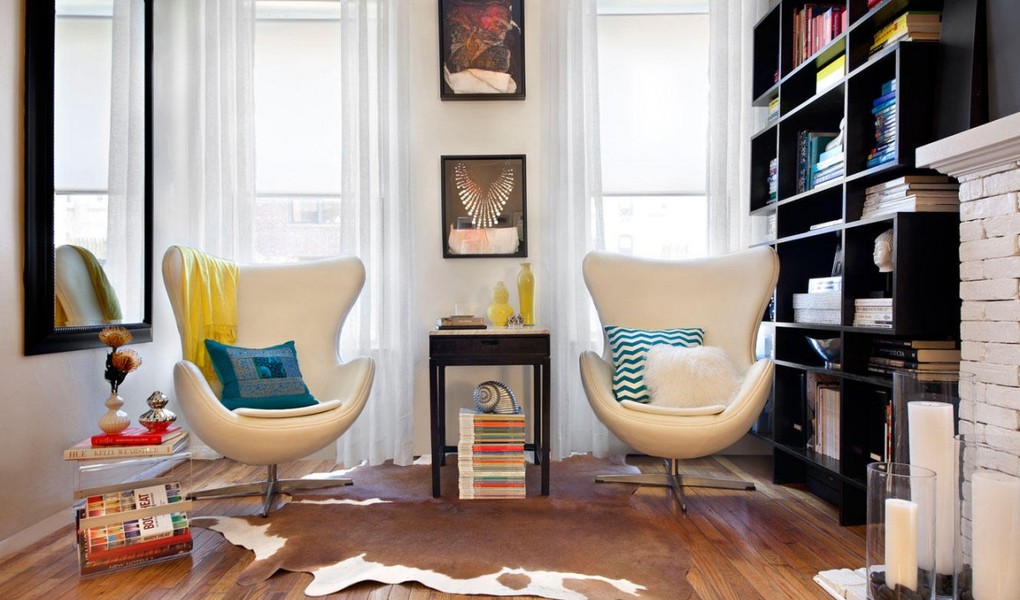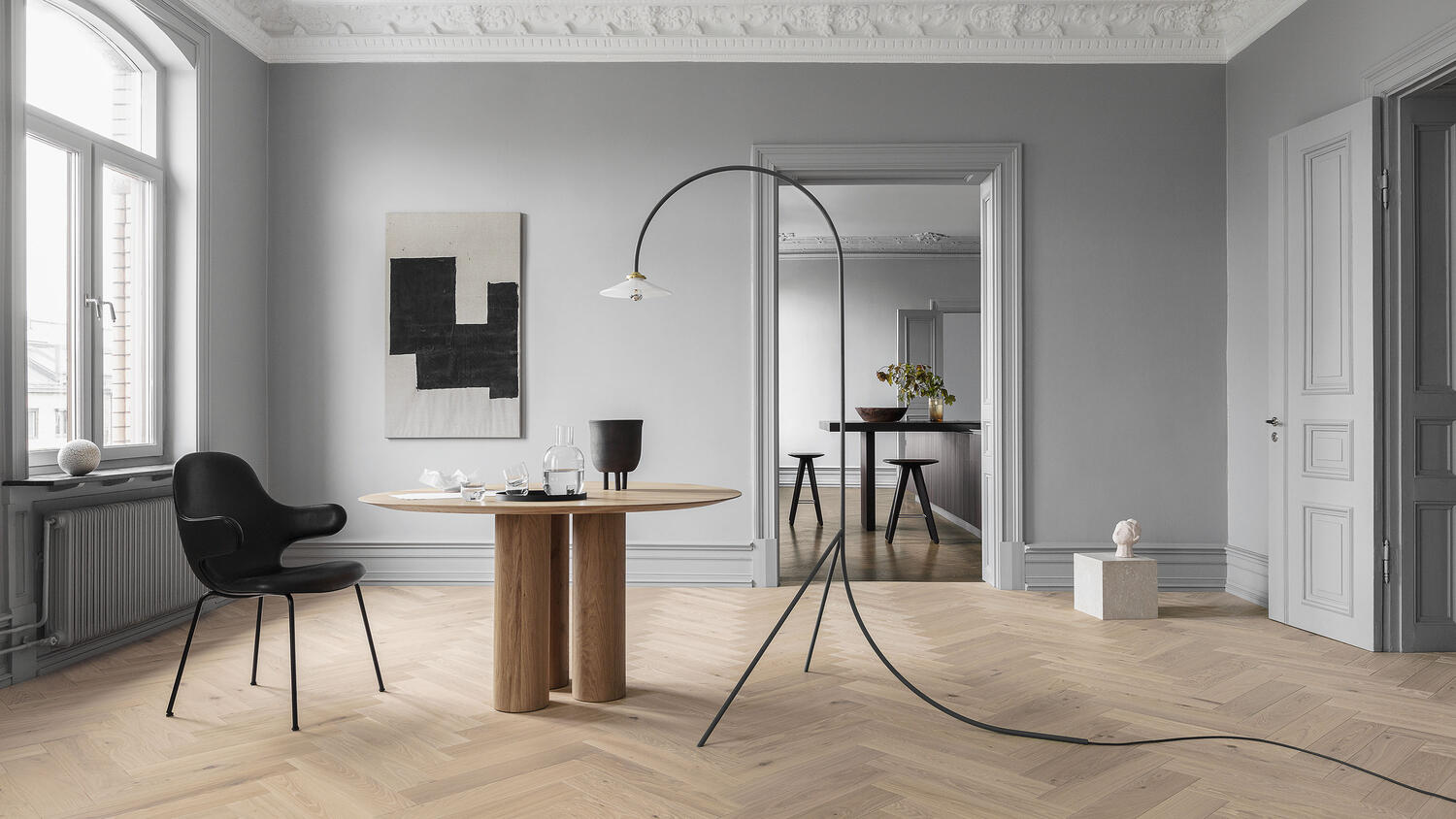Table Of Content

Then head back to Step 1, and restart your search to find your perfect, unique home decor style. Quizzes offer insights into your design preferences in ways you might not have realized. They ask the right questions, poke and prod (gently, of course!) at your likes and dislikes, and paint a picture of your ideal living space. Bohemian interiors are often filled with vintage finds and natural accents to create an eclectic and inviting atmosphere.
Carrie Livingston Design
You can also easily incorporate pieces like distressed leather, DIY seating from wooden pellets, and exposed brick to add an industrial vibe to your decor. The industrial style also incorporates raw, aged materials like metals, brick, stone, and antiqued finishes, emphasizing the raw beauty of the construction materials. Traditional color palettes feature subdued hues with deeper colors near the floor, transitioning to lighter tones upwards.
Kate Lester Interiors
It's perfect for those who want the warmth of traditional design with the sophistication and sleekness of contemporary decor. It features sophisticated furniture choices, modern color palettes, and dynamic use of textures and tones. What are the fundamental interior design styles shaping homes in 2024? Whether it’s the clean minimalism of Japandi, the practical vibe of mid-century modern, or the eclectic energy of maximalism, there is a style out there that matches your personality.
Modern Colonial
How to find your own personal interior design style - The Washington Post
How to find your own personal interior design style.
Posted: Tue, 09 May 2023 07:00:00 GMT [source]
Classical furniture, intricate details, and rich colors abound in traditional interiors, resulting in decidedly formal yet functional spaces. Architecture is another important component, with detailed millwork such as crown molding and wainscoting playing a significant role. To complete the quiz, take a look at imagery of furniture and differently decorated rooms before selecting your preferences.
Furniture pieces in this style borrow curved accents from traditional design while keeping overall form minimal and geometric. The slight flair of this style makes it feel more elegant than full-modern style, while the lack of excess decor and ornamentation make it a pared-down relative to traditional style. The industrial design style found its roots in early 20th-century urban spaces when commercial and industrial elements started to be adapted for residential use.
Apartment Therapy: Find your Style Quiz

However, it's not always easy to get a clear grasp on how our personal style can translate into home design. A major part of developing that skillset and comfort with your home design, however, is simply a matter of knowing what you like—and knowing what it's called. Having the vocabulary and terminology for different interior design styles can be a major help when you're shopping for and decorating your space.
This often happens when someone styles their home with heirloom pieces and then adds in more modern pieces, in order to suit their personality. In minimalist spaces, warmth is created by mixing textures and using a subdued color scheme, including soft natural shades and a monochromatic core. This style relies on simple and high-quality materials and hard, durable surfaces that are easy to maintain and keep clean. Maximalism gained popularity thanks to the audacious mix of patterns, a kaleidoscope of color, and a daring blend of textures.

JAC Interiors
It utilizes a soft, breezy color palette of whites, blues, and sandy tones, with natural materials and seaside-inspired decor. The coastal style is an ode to seaside living, inspired by the ocean and beaches. As a style mash-up, transitional design is one that you may not even realize you're using in your home. At its core, transitional is a blend of both traditional and contemporary design styles.
Industrial Interior Design Style
It’s something that can be learned and refined over time—especially if you have the right tool to guide you. This elegant and functional interior design style celebrates the elegance of the 1950s and 1960s, with a mix of vintage furniture and modern accents. Incorporating this style in an area that gets really cold and doesn’t have even a trace of a beach vibe, just doesn’t feel right. But when done right, the coastal interior design style creates an inviting and relaxed atmosphere.
With so many incredible options available, it won’t be hard to achieve the look you want. Vintage-inspired pieces, such as worn leather chairs or quilted throws, are a great addition too. English Cottage has a cozy and traditional feel that’s perfect for creating an inviting space in your home. Boho/eclectic takes its inspiration from all sorts of sources, mixing patterns and colors for a cozy yet vibrant look. Organic modern decor is perfect for creating a warm, inviting atmosphere with plenty of texture. Hundreds of people upvoted the post and commented that cheaply bought large pieces of artwork can also enhance empty spaces.
"Naturalism is something we’ve noticed our clients gravitating towards," says Michael Cox of Foley&Cox Interior Design. Usually characterized by rounded shapes, lush fabrics, and rich jewel tones accentuated with brass, the Deco style has undergone a transformation in recent years, re-emerging in a way that feels more modern and less 90s. Pick the Designer Society of America or Apartment Therapy quizzes and you also get some great tips on how to put your newly discovered interior style into action. Take the quiz to find your style and then make use of Buzzfeed’s handy sharing functions to send your results to a friend. This is a welcoming and fresh look that combines cool retro forms with a clean, minimalist aesthetic.
As sustainability becomes increasingly important, maximalism embraces repurposing and upcycling. It gives vintage finds and heirlooms new life, thus integrating an eco-conscious mindset into its vibrant aesthetic. To create cohesive transitional spaces, repeat elements of color, texture, and shape with connecting elements like color transitions and understated embellishments in decor.

No comments:
Post a Comment